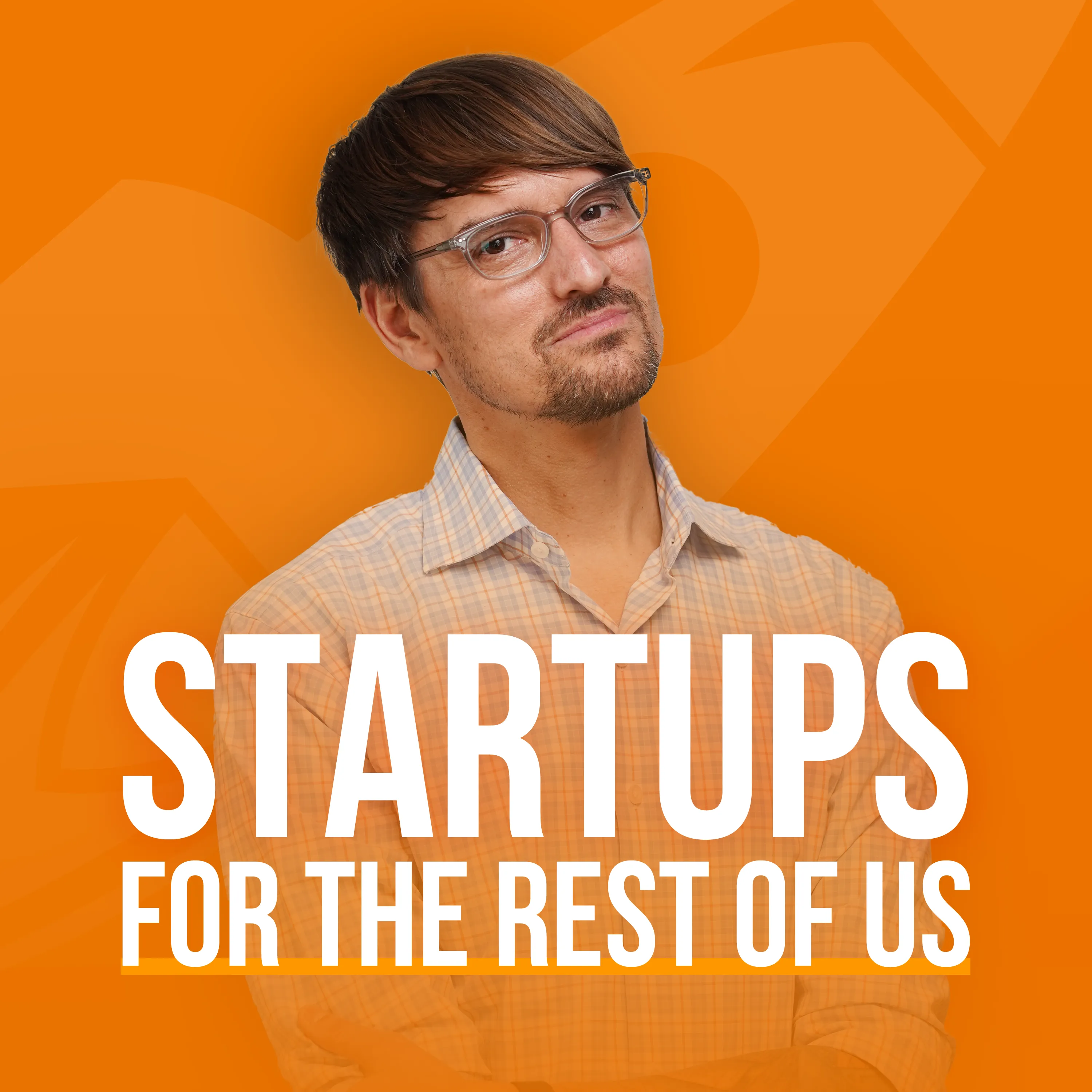The Power of Free: How Tally Grew to $1.3M ARR with a Freemium Model

I recently listened to a fascinating conversation with Marie Martens, the co-founder of Tally, a form-building SaaS. It was a deep dive into their journey of reaching 1.3 million in Annual Recurring Revenue (ARR) with 300,000 free users. What struck me most was their unconventional approach to growth and how they managed to thrive in a competitive market. I wanted to share some of the key learnings and takeaways that really resonated with me.
The Power of Simplicity and a Generous Free Plan
Tally’s core offering is a simple, intuitive form builder. This focus on user experience is a big part of their success. They’ve made it incredibly easy for anyone to create forms, without needing any technical skills. This simplicity also means they don’t need a large customer support team. They have invested in documentation and tutorials, allowing users to find their own way through the product. This self-service approach is key to managing a large free user base.
Their free plan is incredibly generous. Most form builders use a volume-based pricing model, but Tally went the opposite direction. They decided to offer a substantial amount of value for free. This decision was not just about being different, it was a strategic move to get their product in front of as many people as possible. It also allowed them to grow organically, without spending money on paid advertising.
Early Days: Doing Things That Don’t Scale
In the early days, when Tally was just starting, they didn’t have a large network or a big marketing budget. They did something that many startups avoid: cold outreach. They manually compiled lists of people who had shown interest in similar products and reached out to them. This was a very time-consuming process, but it helped them get their first users and find their way into relevant online communities. They were reaching out to people to use their free product, not a paid one. This shows how important it is to be willing to do the hard work in the beginning.
The Four Pillars of a Successful Freemium Model
The conversation highlighted the four markers that make a freemium model work. First, you need to have almost no support costs. Tally achieved this by making their product very simple and easy to use. Second, there needs to be no incremental cost for new users. This means that each new user doesn’t add significant expenses to the business. Third, users should be able to onboard themselves and quickly see the value of the product. Tally’s form builder allows users to create and share forms in minutes. Finally, there needs to be some measure of virality. Forms are naturally viral, as they are often shared with others. Tally has a logo on the forms, so it helps with brand awareness. These four factors are essential for a free plan to be successful.
Strategic Pricing and the Choice to Stay Small
Tally has a very simple pricing structure: a free plan and a $29 per month paid plan. Many would argue that they are leaving money on the table by not having higher-priced tiers. However, this is a conscious choice. They have decided to focus on small businesses and creators, rather than trying to compete with larger companies. They also don’t want to increase their costs by having a big support team or legal team. They are comfortable with their current size and are having fun doing what they do. This shows that you don’t always need to optimize everything for growth. Sometimes, it’s okay to choose a path that aligns with your values and goals.
While they have a simple pricing structure, they do have a fair use policy. If a user exceeds normal usage, such as millions of form submissions per month, they will need to move to a custom plan with a higher price. This is a way to protect their business from abuse and to get more money from heavy users.
Virality as a Growth Engine
Tally’s growth has been largely driven by virality. The free plan encourages people to share their forms, which brings in new users. This product-led growth strategy has been incredibly effective for them. They have not invested in paid advertising, relying on word-of-mouth and the viral nature of their product. This highlights the power of building a product that people love to use and share.
Future Marketing Strategies
Looking ahead, Tally is exploring new marketing strategies. They are focusing on influencer marketing and search engine optimization (SEO). They see influencer marketing as a way to amplify the positive word-of-mouth they have been getting. SEO is a way to attract more users through comparison pages and content. They are also exploring video platforms like YouTube and TikTok to reach new audiences.
The Importance of Product Love and Market Size
The success of Tally is not just about having a free plan or a simple product. It is also about building something that people truly love to use. Their early users were very passionate about the user experience, and they became their biggest promoters. This shows the power of creating a product that resonates with a specific group of people.
It is also important to consider the market size. The form builder market is huge, with millions of potential users worldwide. This is a major advantage that Tally has. Not every market is this big, so it is important to be realistic about the potential for growth.
Final Thoughts
Marie’s story is a great example of how a bootstrapped SaaS company can achieve success by doing things differently. They focused on simplicity, a generous free plan, and a product that people love to use. They were willing to do the hard work in the beginning and they embraced virality as a growth engine. Their journey is a reminder that there are many paths to success, and it’s okay to choose the one that fits your goals and values.
If you want to learn more about Marie’s story and the details of Tally’s journey, I highly recommend listening to the full podcast episode.
